Werbung {enthält Testprodukte} | Langsam – aber sicher! – vervollständigen wir unsere DIY-Reihe für mehr Nachhaltigkeit im Badezimmer. Heute erfahrt ihr, wie ihr Eure eigene Flüssigseife selber machen könnt und ihr werdet stauen, wie einfach und günstig diese nachhaltige Alternative ist.
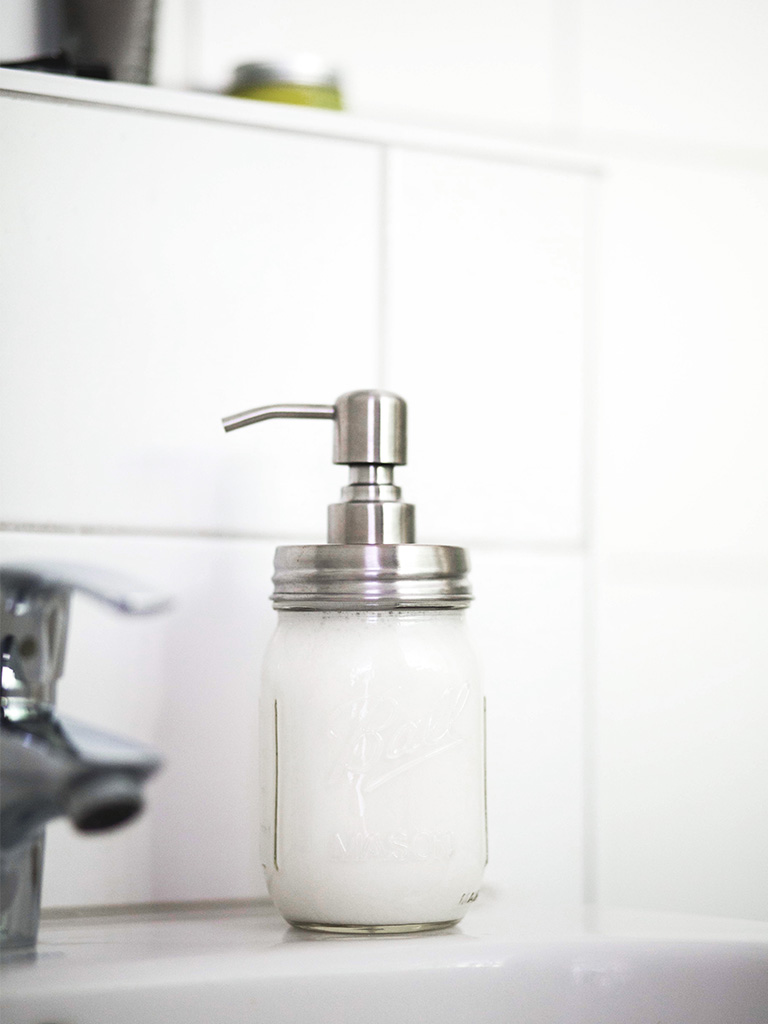
Nachhaltigkeit im Badezimmer
Das beliebte Badezimmer, voller Plastikflaschen, die nach einmaliger Verwendung im Müll landen. Wer den Umstieg von konventioneller auf Naturkosmetik geschafft hat, kann noch einen Schritt weiter gehen: Zero Waste im Badezimmer. Doch wie genau geht das und gibt es wirklich alle Produkte verpackungsfrei? Die Antwort lautet: Ja! Und ihr müsst dabei auf nichts verzichten. Yippieh!
Von dem täglichen Deodorant über das wöchentliche Peeling bis zum Waschmittel könnt ihr alles selber machen. Festes Shampoo und Seifen ersetzen alle anderen Plastikbehälter. Die Flüssigseife wird monatlich aufgefüllt und produziert keine weiteren Plastikbehälter. Falls ihr zu dem Thema Fragen habt, schreibt diese gerne in die Kommentare!
Flüssigseife selber machen – die Vorteile
- keine giftigen Inhaltsstoffe
Die selbst gemachte Flüssigseife beinhaltet keine giftigen Inhaltsstoffe und ist damit gut für uns und die Umwelt. Die Liste der Inhaltsstoffe ist dazu sehr viel kürzer als die von konventionellen Flüssigseifen. Der einzige Nachteil der Seife ist, dass Euer Waschbecken nach knapp einer Woche ‘stumpf’ aussehen kann. Einfach wöchentlich mit einem selbst gemachten Essigreiniger putzen und alles glänzt wieder.
- günstiger
Wer seine Flüssigseife selber macht kommt um einiges günstiger davon als welche zu kaufen. Ein Glas selbst gemachte Flüssigseife kostet ungefähr 30 Cent. Und wir reden hier von Bio-Qualität.
- individuell
Wir wollen doch alle immer individuell sein. Dann seid so individuell und kreiert mit wenigen Schritten Eure eigenen Produkte für zuhause. Diese sind durch die Wahl eigener ätherischer Öle nicht nur verdammt individuell, sondern auch gut für Euch und die Umwelt.
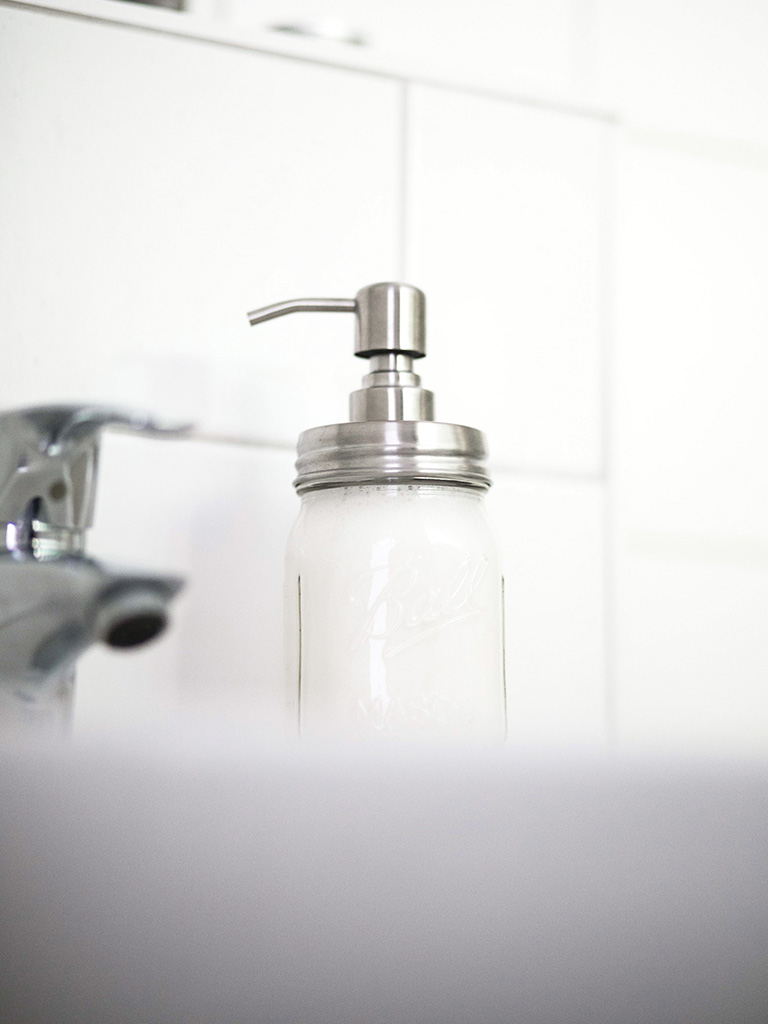
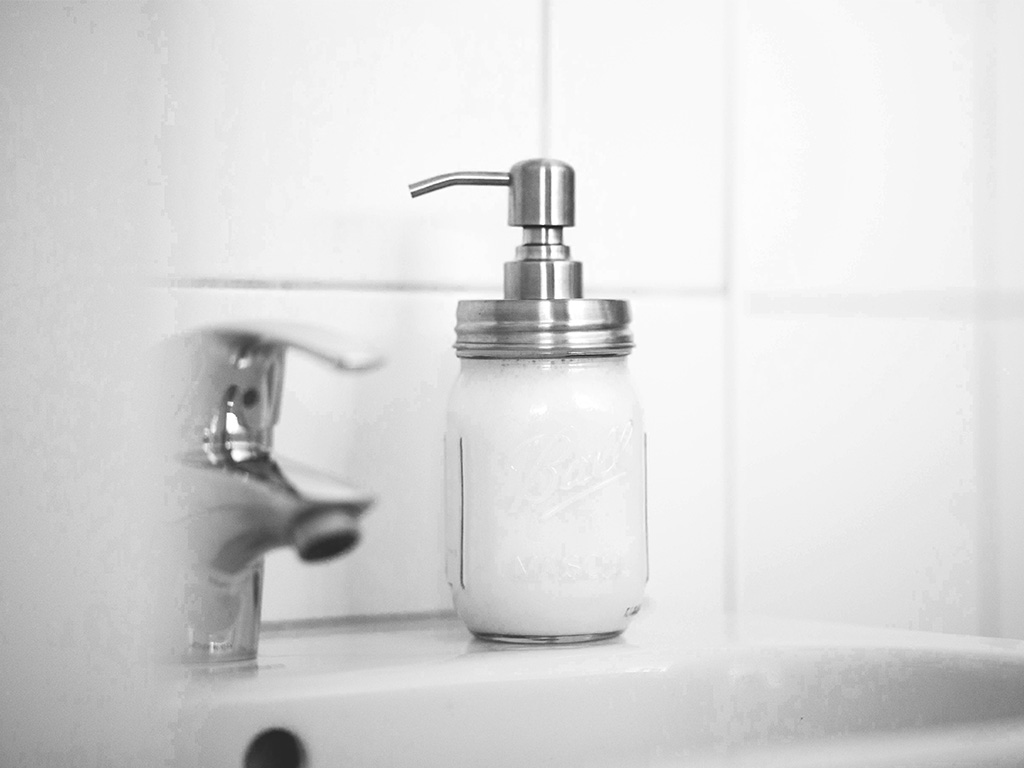
Anleitung Flüssigseife selber machen
Zutaten:
- 30 g Seifenflocken (wir raspeln immer die Kernseife von Sonett* klein)
- 500 ml Leitungswasser
- Beliebige ätherische Öle (max. 10 Tropfen)
Schritte
- Seifenflocken mit dem Leitungswasser in einem Topf erwärmen. Das Wasser muss nicht kochen.
- Je kleiner die Seifenflocken, desto schneller vermischen sie sich mit dem Wasser.
- Unter ständigem Rühren warten bis sich die Seife aufgelöst hat.
- Nicht zu stark umrühren, da die Seife sonst schaumig wird und ihr nicht seht, wann sich alles aufgelöst hat.
- Bei Bedarf ätherische Öle hinzufügen.
- In ein Gefäß füllen und abkühlen lassen.
- Die Seife ist nach dem Abkühlen gelartig und die Konsistenz zum Teil nicht gleichmäßig.
- Die Seife nach dem Abkühlen in einem Topf mit einem Pürierstab (oder Mixer) pürieren oder vorsichtig mixen.
- In ein beliebiges Gefäß für die Verwendung füllen.
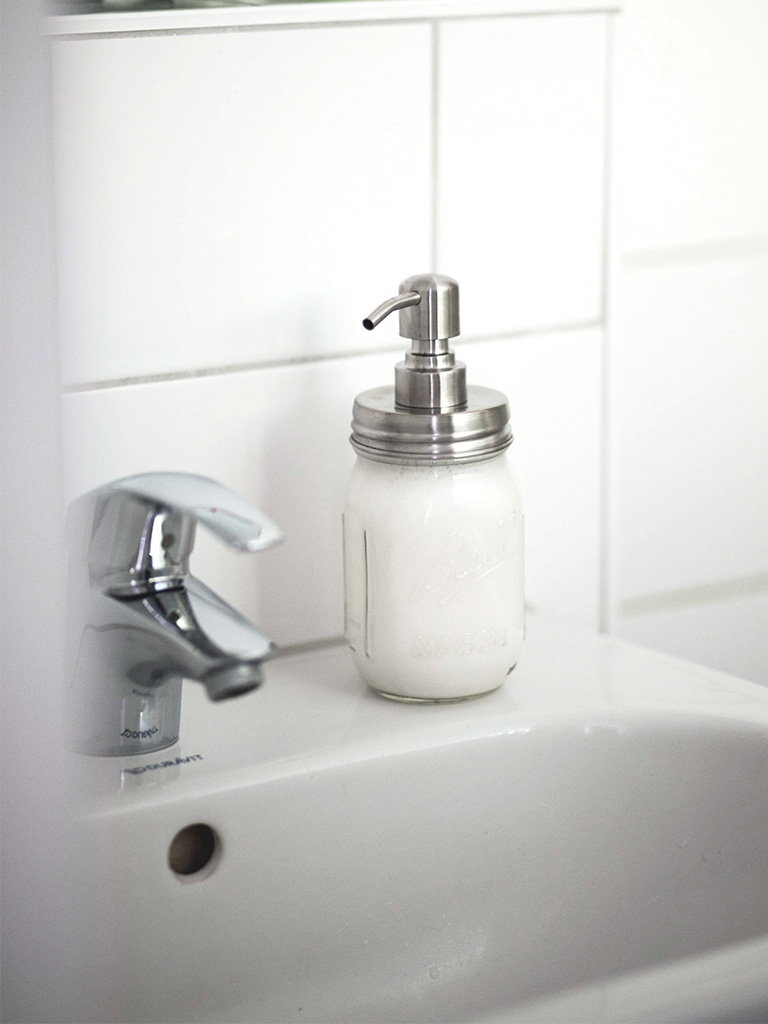


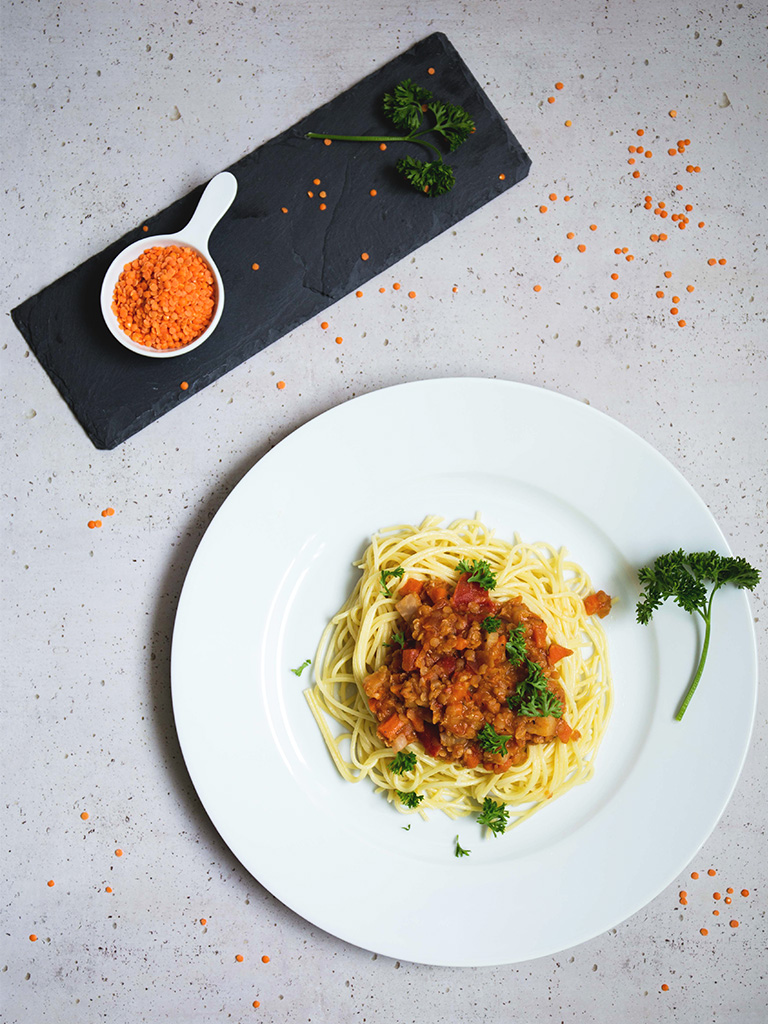


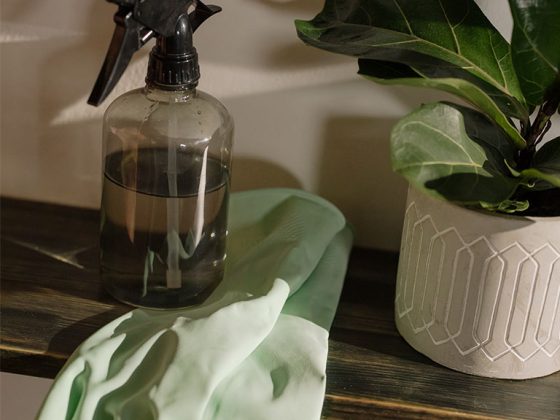
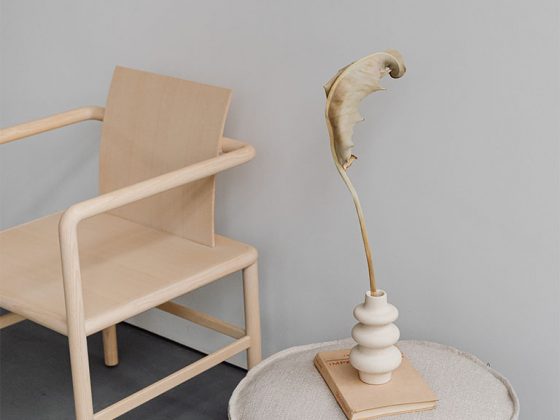
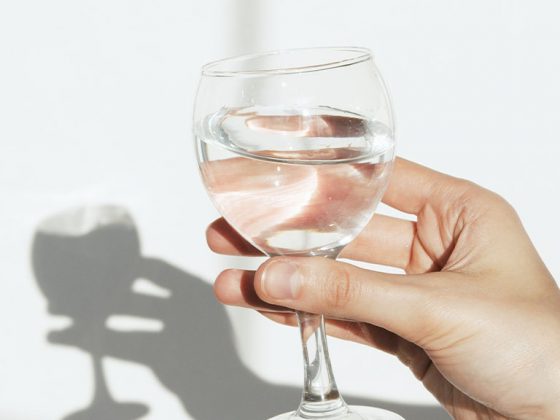
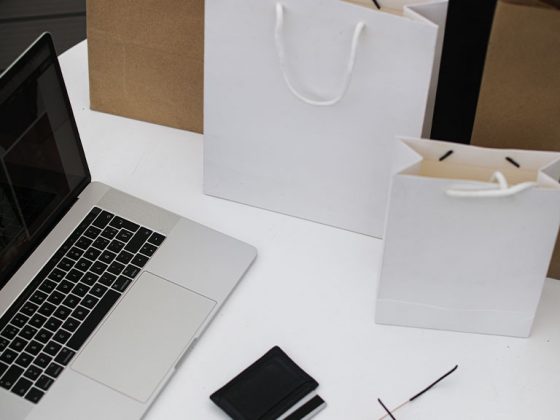
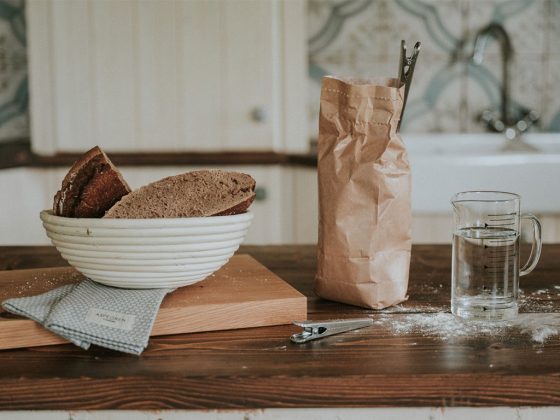
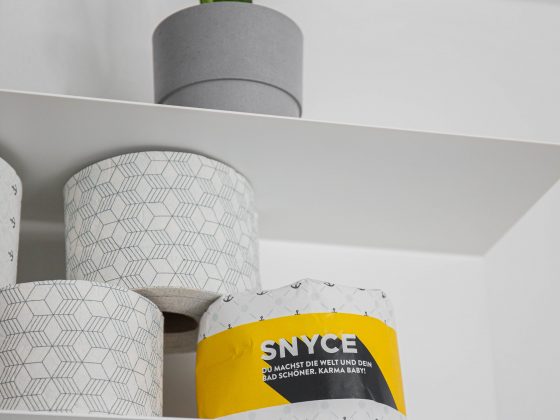
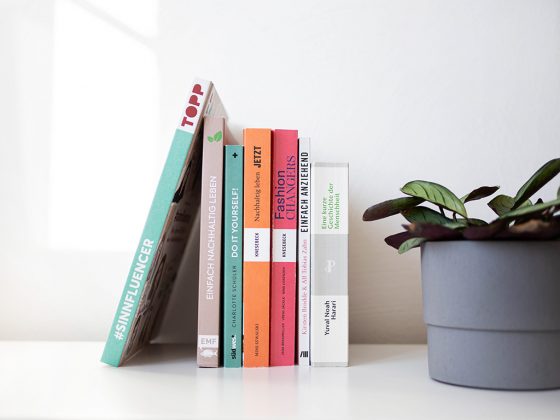
24 Kommentare
Seife habe ich noch nie selber gemacht. Ich muss es mal probieren 🙂
Das ist ja ne super Idee. Bin schon lange auf der Suche nach nem plastikfreien Ersatz für Flüssigseife.
Kannst du mir ungefähr sagen wie lange sich die Seife hält!?
Liebe Grüße
Vroni
Das kommt natürlich darauf an, wie oft du die Seife verwendest und wie viele Personen ihr seid. 🙂
Bei uns reicht sie bei 2 Personen ungefähr 1 1/2 Monate. Wenn sie sich zwischen durch etwas trennt, dann einfach kurz durchschütteln. 😉
Liebe Grüße
Laura
Flüssigseife habe ich noch nicht gemacht. Aber die Bars aus Seifenbasis, weil mein Mann sie lieber benutzt. Ich spiele mit Formen, Farben und Dürfen. Die Glasspender für Geschirrspüllmittel steht seit 3 Monate bei mir in der Küche. Und 3 habe ich schon verschenkt. Jetzt erweitere ich mein “Arsenal” auf die Flüssigseife!
Ich habe die Seife seit 2 Monaten in meiner WG eingeführt und sie kommt sehr gut an.
Ich bin froh eine Alternative gefunden zu haben, vielen Dank für das Rezept Laura.
Ich fülle die Seife immer nur halb in meinen Charitea Seifenspender nach und gebe dann Wasser dazu, da sie bei mir etwas zäh geworden ist so hat sie die perfekte Konsistenz:)
Die Seife verschenke ich jetzt auch an Weihnachten an meine Familie, ich bin gespannt wie sie ankommt.
Bin ich hier die einzige, die sich die Seife angesehen hat und sich den Text hier auf dem Blog durchgelesen hat?
Die Sonett Seife besteht aus Palmöl, was definitiv nicht “gut für uns und die Umwelt” ist. Dann noch “Nachhaltigkeit im Badezimmer” als Überschrift. Gehts noch?
Die Seife ist auch nicht selbst gemacht, man nimmt eine Kernseife, die aus mehreren Inhaltsstoffen besteht: “Sodium Palmate*, Sodium Cocoate*, Glycerin*, Sodium Chloride, Sodium Thiosulfate”, mischt die mit Wasser und haut ätherisches Öl rein, damit es gut riecht. Das ist doch keine selbstgemachte Seife. Und als “Zero Waste” und “Nachhaltig” den ganzen Blödsinn zu deklarieren ist echt traurig.
Liebe Lili,
lieben Dank für deinen Kommentar.
Das die Kernseife Palmöl enthält ist mir seit einigen Wochen bekannt und ich versuche daher die restliche Seife, die ich noch besitze aufzubrauchen, um dann auf eine palmölfreie Alternative umzusteigen. Wenn du da eine Alternative kennst, freue ich mich sehr.
Mit selbstgemachter Seife hat das natürlich nichts zu tun. Das wollte ich auch gar nicht zeigen. Ich wollte lediglich zeigen, wie man eine Flüssigseife für das Badezimmer selber macht. 🙂
Apropos versuchen wir alle unser bestes zu geben. Niemand hier ist perfekt. Wenn du meinst, dass du bessere Alternativen kennst oder Lösungsvorschläge hast, dann freuen wir uns wahrscheinlich alle über deine ergänzenden Tipps.
Liebe Grüße
Laura
Hey, Laura! Falls Du immer noch Kernseife ohne Palmöl suchst, kann ich dir die von Patounis empfehlen! Die ist aus Oliven und ich habe sie auf `grüne- bude.de` gefunden. Musste auch lange suchen, da ich sie für mein Waschmittel brauchte. Werde dann auch bald mal deine Flüssigseife ausprobieren!
Lieben Gruß Miriam
sorry, aber deine Kritik ist nicht sehr diplomatisch und nett formuliert. konstruktive Kritik kann man auch freundlich formulieren, dann kommt sie auch an und regt zum Nachdenken und Handeln an. so wie du Kritik formulierst, ist es eher verletzend und erzeugt eher Widerstand. und ich denke nicht dass du das bezwecken möchtest. Laura hat dennoch sehr professionell auf deinen Kommentar reagiert, das zeigt Stärke.
Vielen Dank für die tollen Ideen! Ich habe sowas noch nie nie gemacht. Ich muss es mal probieren.
Liebe Laura,
ich bin eben per Pinterest per Zufall auf deinen Beitrag gestoßen und finde ihn richtig super! Jetzt gibt es definitiv keine Ausreden mehr, Kosmetikartikel selbst herzustellen 🙂
Liebe Grüße
Fabi von https://www.villaimmergruen.de
Liebe Fabienne,
ganz lieben Dank für deinen Kommentar! Freut uns sehr, dass du es ebenfalls so siehst wie wir und das es grundsätzlich kaum mehr Ausreden gibt, nachhaltig zu leben. 🙂
Liebe Grüße
Laura
Vielen Dank für diese tolle Idee! Ich habe das heute Morgen angemischt und gerade abgefüllt. Super! Ich bin gerade mega stolz auf mich.
Hej!
Das freut uns wirklich sehr! 😀
Ganz viel Spaß mit deiner neuen Flüssigseife – wenn sie sich nach einigen Tagen “trennt” einfach vor Gebrauch kurz schütteln.
Liebe Grüße
Laura
Hallo Laura,
Bevor ich die Seife ausprobiere eine Frage – Topf und Pürierstab sind danach noch für Lebensmittel benutzbar ?
Lieben Gruß 😊
Ramona
Liebe Ramona,
es ist KEIN Problem den Topf sowie Pürierstab hinterher noch für die Lebensmittel zu verwenden.
Die Kernseife ist ja im Grunde genommen genauso eine Seife wie dein Geschirrspülmittel. 🙂
Also nach dem Gebrauch einfach nur gründlich mit Wasser abspülen – fertig.
Liebe Grüße
Laura
Kann man auch eine normale Seife nehmen die man schon da hat und einem der Duft gefällt oder muss es Kernseife sein?
Wir haben es noch nicht mit normaler Seife ausprobiert, können uns aber gut vorstellen, dass das auch klappt. 🙂
Liebe Grüße
Laura
Ich danke Ihnen für den interessanten Artikel. Nachhaltigkeit wird ja immer wichtiger. Deswegen sollte man in dieser Richtung schon etwas tun.
Mit besten Grüßen
Tobias
Herzlichen Dank für diese super Anleitung. Habe noch nie Flüssigseife selbst hergestellt, zum WE wird das klappen, Zutaten sind bereits bestellt.
Nachhaltigkeit ist uns schon lange sehr wichtig, der ewige Plastikmüll muss vermieden werden. Z.B. hole ich seit einigen Monaten unsere benötigte Milch direkt vom Bio-Milchbauern, wo ich die frische Kuhmilch selber in Glasflaschen füllen kann, darauß stelle ich auch Joghurt und Joghurt-Frischkäse her und das alles ohne Strom.
Liebe Grüße
Gerdy
Hallo, die Idee ist super. Ich muss viel reisen und finde oft Stückseife in den Hotels vor. Oft wasche ich mir zweimal die Hände und reise schon wieder ab. Damit die Seifen nicht weg geworfen werden. nehme ich die idR mit. Kann man mit jeder Seife Flüssigseife machen?
Liebe Laura
Ich habe Rohseife mit Ziegenmilch in Bioqualität verwendet, funktioniert wunderbar.
Ziegenmilch hat einen hohen Anteil an Vitaminen und Mineralien und macht die Haut wunderbar weich.
Tipp: Reste von Parfüm geben dem Ganzen einen luxuriösen Duft. Destilliertes Wasser verlängert die Haltbarkeit, da kein Kalk oder Sonstiges enthalten ist.
Dein Rezept ist einfach und gelingt zu 100%. Die Qualität und Nachhaltigkeit hat jeder Selbst in der Hand, auch die Verwendung von Seifenreste macht Sinn.
Viele Menschen müssen heutzutage sparen, auch dazu trägt Dein Rezept bei.
Vielen Dank ⭐️⭐️⭐️⭐️⭐️